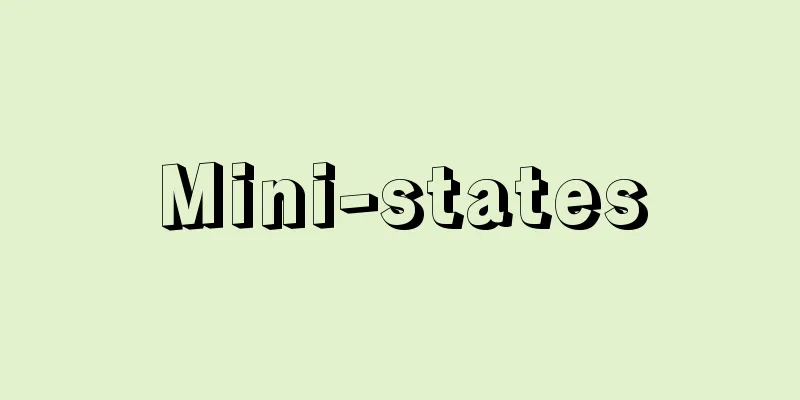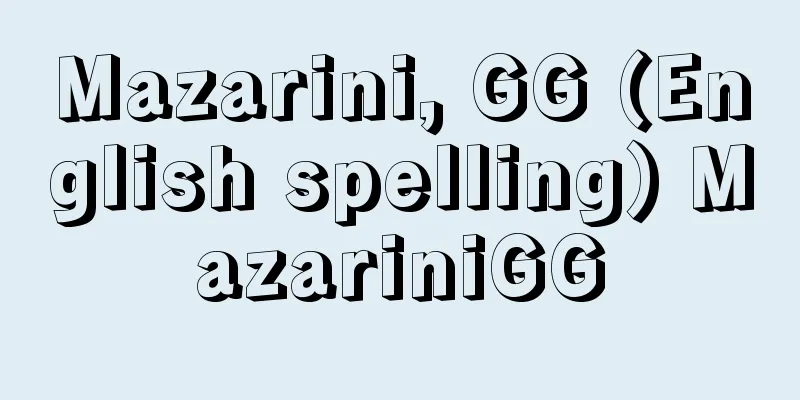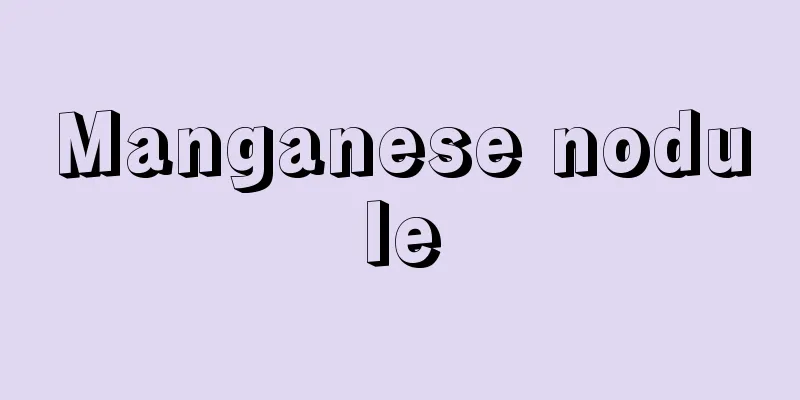Kokoro - Heart

|
A full-length novel by Natsume Soseki. It was serialized in the Tokyo and Osaka Asahi Shimbun newspapers from April 20th to August 11th, 1914 (Taisho 3) (first published in Kokoro). It was published by Iwanami Shoten in September of the same year. It consists of three parts: "The Teacher and I," "My Parents and I," and "The Teacher and the Will." The "I," a university student, is attracted to and devoted to the "teacher" he meets at the beach in Kamakura. However, the teacher, who lives in hiding from the world, does not open up easily. The story is structured so that the teacher's mysterious words and actions are revealed through the suicide note he leaves behind. The teacher, who had a past of betraying a friend for love and causing him to commit suicide, chooses to punish himself due to his guilt, and is moved by the suicide of General Nogi, committing suicide. The fundamental theme of Soseki's literature, the issues of love and egoism, are depicted through the suffering of an intellectual who has reached the ultimate level of self-denial, but Soseki's uniqueness as the embodiment of Meiji ethics can be seen in his decision to have his teacher sacrifice himself for the "Meiji spirit." This is a masterpiece that displays thorough insight into the spirit of the times and human nature. [Yukio Miyoshi] "Kokoro" (Iwanami Bunko, Obunsha Bunko, Kadokawa Bunko, Kodansha Bunko, Shincho Bunko)" ▽ "Ogai and Soseki by Yukio Miyoshi (1983, Chikaratomi Shobo)" Source: Shogakukan Encyclopedia Nipponica About Encyclopedia Nipponica Information | Legend |
|
夏目漱石(なつめそうせき)の長編小説。1914年(大正3)4月20日から同年8月11日まで、東京・大阪の『朝日新聞』に連載(初出は『心』)。同年9月、岩波書店より刊行。「先生と私」「両親と私」「先生と遺書」の3部からなる。大学生の〈私〉は鎌倉の海で会った〈先生〉に惹(ひ)かれ、傾倒してゆく。しかし、世間から隠れるように暮らしている先生は容易に心を開かない。その謎(なぞ)の多い言動が、自殺した先生の遺書によって解明されるという構成をとっている。恋のために友人を裏切り、自殺させた過去をもつ先生は、罪の意識ゆえに自己処罰の道を選び、乃木(のぎ)大将の殉死に感動して自殺する。漱石文学の根本の主題である愛とエゴイズムの問題が、つきつめた自己否定に到達した知識人の苦悩を通じて描かれるが、先生を〈明治の精神〉に殉死させたところに、明治的倫理の体現者としての漱石の独自性がみられる。時代精神と人間性に対する洞察の徹底した傑作である。 [三好行雄] 『『こころ』(岩波文庫・旺文社文庫・角川文庫・講談社文庫・新潮文庫)』▽『三好行雄著『鴎外と漱石』(1983・力富書房)』 出典 小学館 日本大百科全書(ニッポニカ)日本大百科全書(ニッポニカ)について 情報 | 凡例 |
>>: Gogol - Nikolay Vasil'evich Gogol
Recommend
Equilibrium exchange rate
…G. Cassel’s theory that under a freely floating ...
Gogoshima Island
An island located in central Ehime Prefecture, 2 ...
Ganga Yamuna Doab - Ganga Yamuna Doab
…In the Indian subcontinent, “do” means “two” in ...
Stegodon akashiensis (English spelling)
…Elephant [Kamei Setsuo]. . . *Some of the termin...
Forssmann, W.
…Because a vein or artery is cut open and a cathe...
Niwa Nagahide
Year of death: April 16, 1585 (May 15, 1585) Year ...
Kakuyu - Kakuyu
A monk from the Heian period, commonly known as T...
Gastein Convention
The German-Danish War ended in 1865 when Prussia a...
Kameda (Hakodate) Magistrate
...On the border with Ezo, Kumaishi Bansho in the...
Dictionary source - Zigen
China's first modern dictionary. Two volumes. ...
Baboon (English spelling)
A general term for Old World monkeys belonging to ...
Persimmon yokan - Persimmon yokan
…In addition to being eaten as is, kaki is also u...
Lop Buri (English spelling)
A town in the Chao Phraya plain in south-central T...
Inuenju - Inuenju
A deciduous tree of the legume family (APG classi...
doek
…A plain weave of cotton or linen made of densely...









